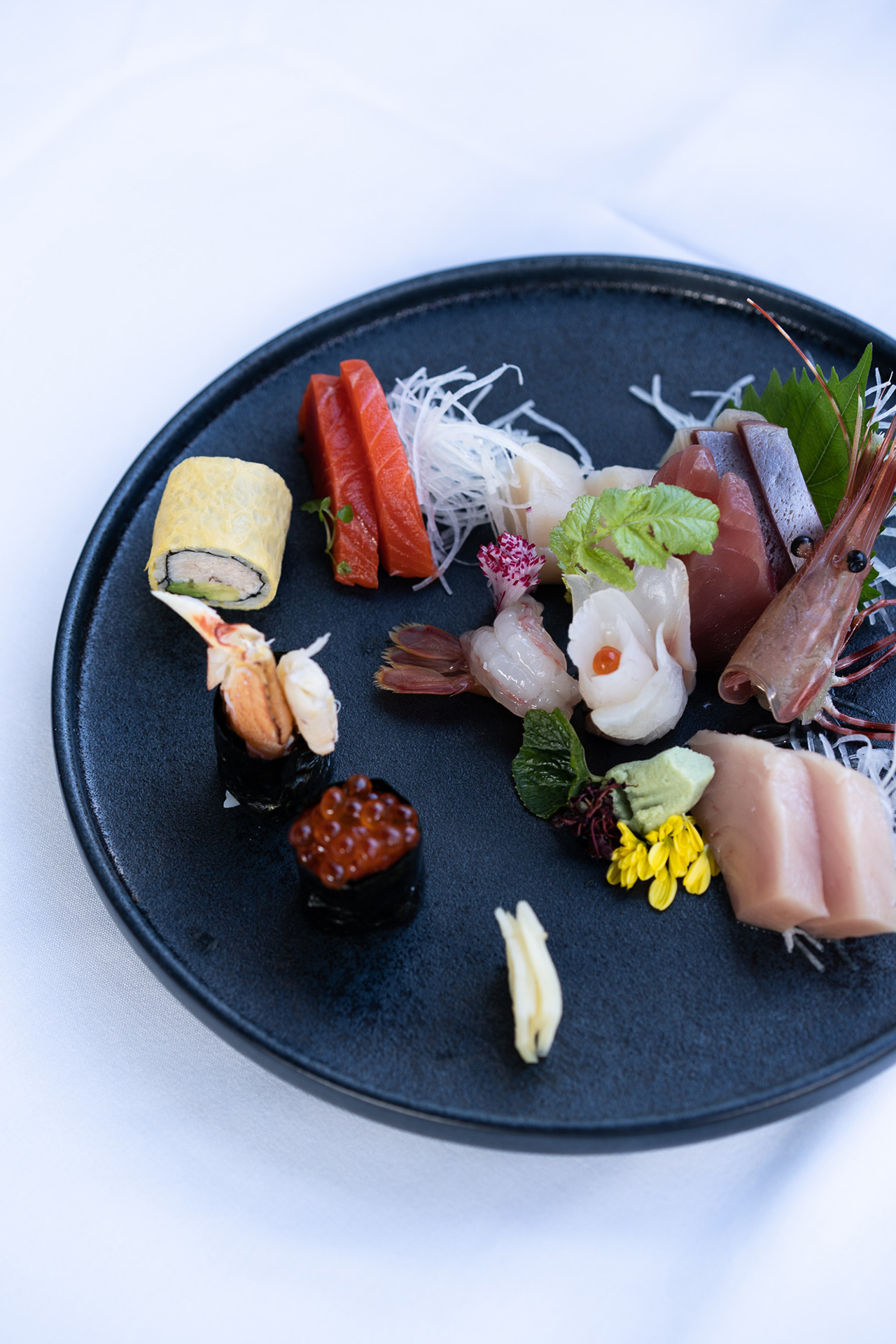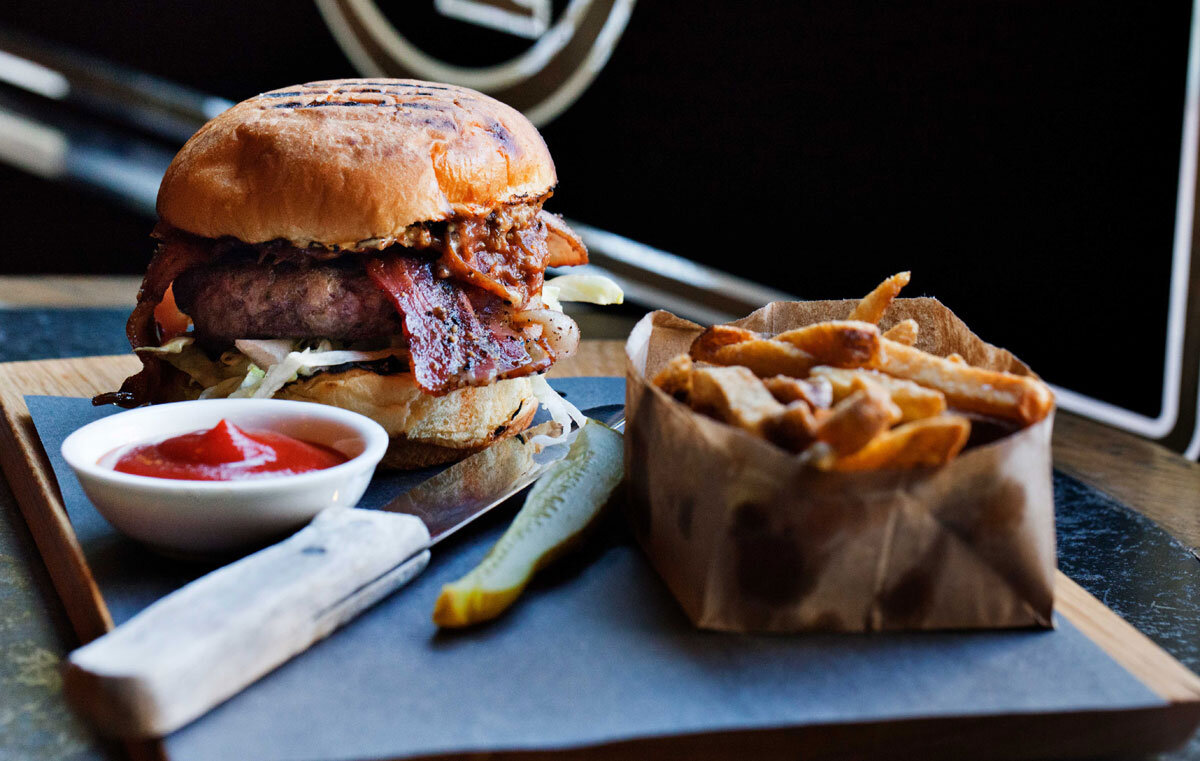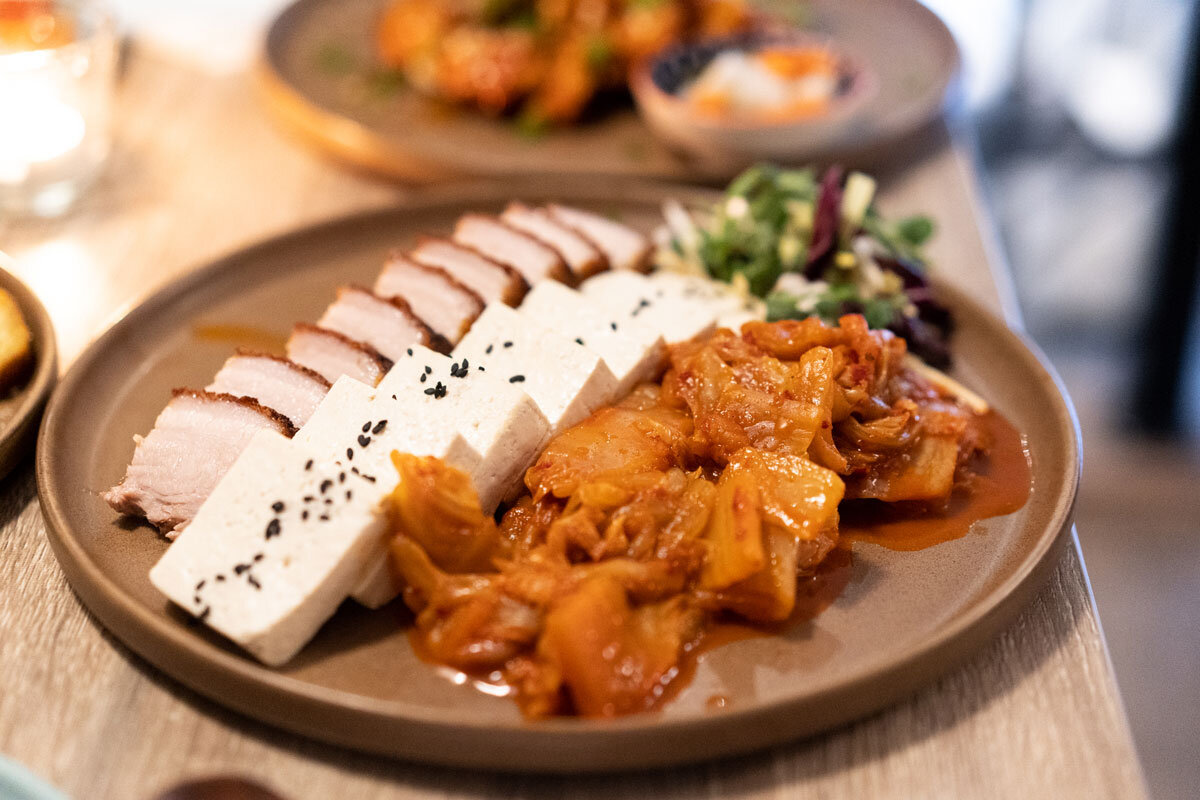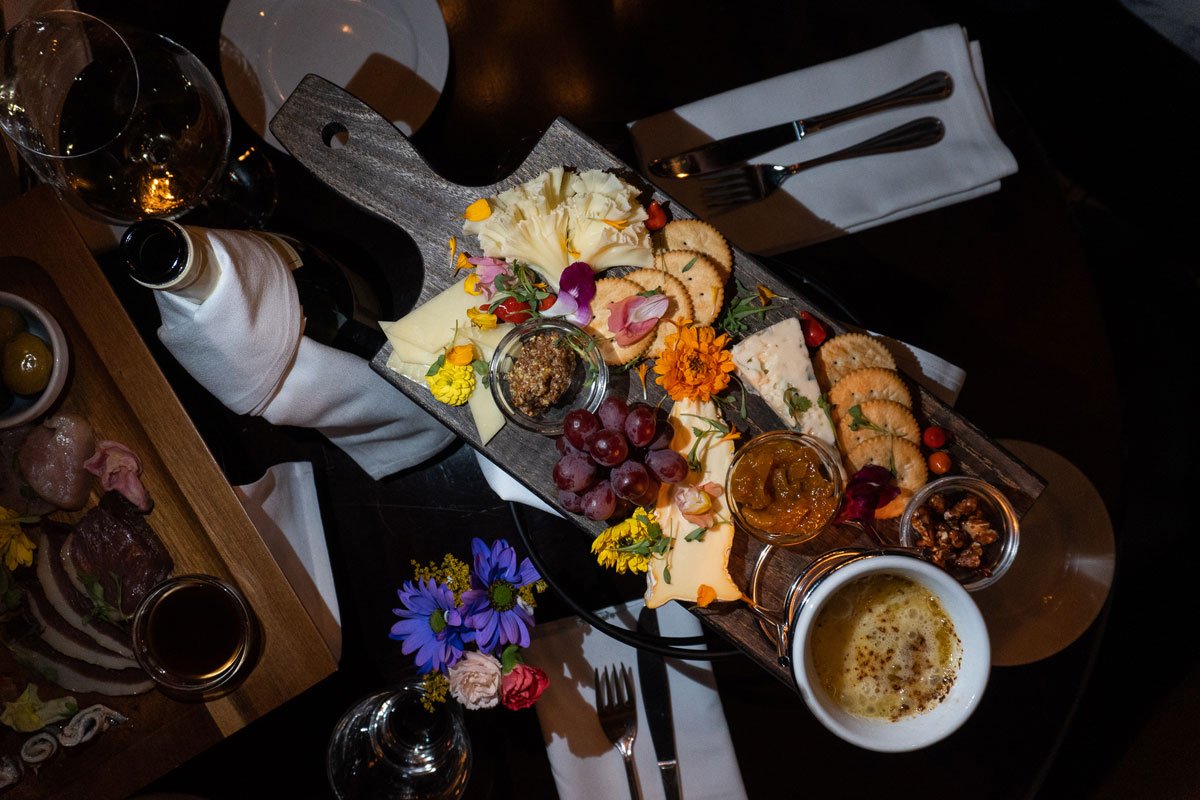BAUHAUS || German Cuisine that Modernizes Tradition

Combine a film background with a culinary inspiration and you get Bauhaus in the heart of historic Gastown in Vancouver.
German movie director Uwe Boll first visited Vancouver in 2000 for a movie shoot. Over numerous visits to the city he realized he couldn’t find German restaurants for a taste of home; after settling in Vancouver with his family, he finally secured the current space for the Bauhaus restaurant in 2014 and opened its doors in 2015.
Reflecting on the lessons learned, Uwe recounts it was not easy. Located in a busy tourist area, Uwe knew he would need the city’s premium hotels as his allies, so he persistently and consistently invited hotel concierges to sample their new menus, as these individuals are key opinion leaders when it comes to recommending restaurants for out-of-town guests.
Fast forward to now, Bauhaus is listed as one of the top restaurants to visit in the world, serving up a modern take on German cuisine. The menu changes every 2 months incorporating organic and seasonal produce and fresh seafood. You will also find German classics like Weiner Schnitzel and roast beef, which takes five days to roast the beef in spices with red wine, vinegar and apple juice.
When asked when he decided to make the transition to the food industry, Uwe says it is because he wants to spend more time with his children. Even as we were conducting our interview, his adorable son made an appearance in our photo shoot, bringing smiles to all of our faces.
Uwe had enlisted Interior Designer Andrea Greenway to create a space that is both stylish and modern with functionality as a priority. The first thing you will notice about the restaurant is its airy, over height ceilings, with sharp, simple lines and a mix of concrete and red brick walls. Linear hanging lights warm up the space and also creates division amongst the large space. The key for Uwe is to make sure his guests are comfortable dining at Bauhaus; which is why even though his first set of leather chairs for the restaurant cost $1000 per piece, he switched them all out when he realized no one wanted to sit in; now that is commitment to customer experience!
Down to the details, even the majority of the serving plates are sourced from German brands, as are the utensils. Bauhaus uses plates from German-made Herring Porcelain and cutlery from Mono Flatware, with its leather placemats from Denmark. Uwe wanted to deliver a true German experience, and paid attention to every single detail. With a space as large as Bauhaus, one would expect there to be a large bar as well, to draw in patrons off the street and to keep the restaurant busy into the wee hours; Uwe again chose an opposite approach, focusing on an intimate dining experience where guests can focus on the food, he says Bauhaus is not a place for large parties and does not feature a bar scene, rather it focuses on the food.
Even the cutlery evokes the simplicity of Bauhaus design.
Tim Schulte and David Mueller are the two executive chefs for Bauhaus, working collaboratively to design the dining experience. This is a decision that is usually tough for restaurants, but one that Uwe says has worked out well, giving each chef a bit more personal time while also ensuring consistency in the food quality because one executive chef is always in the kitchen every day of the week.
That said, let us take a look at the delicious menu items at Bauhaus.
Burrata - watermelon / tomato / serrano
The Burratta features juicy watermelon, skinned, sweet tomato and dried prosciutto slices for a medley of sweet and salty flavours and layers of textures.
Beef tartar - consomme / pumpernickel / pickles.
The Beer Tartare is artistically presented with and unleashes intense flavour in every bite. On the opposite end of the spectrum you have the classic Weiner Schnitzel, a generous portion we would recommend sharing, served with seared potatoes and cranberries.
The classic Weiner Schnitzel.
Following the savoury dishes, two delicate desserts delivered the perfect end note to our meal. The Beetroot is made with beet ice cream, buttermilk and a carefully balanced slice of white chocolate.
The second dessert is a deconstructed black forest cake, with a curved chocolate strip sitting on top of a gingerbread cookie base and freeze-dried cherries. Both desserts feature a tangy sorbet made of beet, an unexpected but refreshing combination.
Beetroot - blackberry / buttermilk / white chocolate.
Deconstructed Black Forest Cake.
Uwe stays inspired by traveling around the world to visit Michelin restaurants, as many as 120 of them in the past ten years. His efforts are paying off, as Bauhaus continues to attract patrons old and new every single evening. If you happen to visit Vancouver, we suggest enjoying an evening at the Bauhaus to appreciate the German-inspired details through the decor and the meticulously designed culinary experience, with its menu that switches every two months, you are guaranteed something new with each visit.
The Bauhaus team. Left to right: David Mueller (Executive Chef), Uwe Boll (Proprietor), Damien Famelart (Restaurant Manager), Tim Schulte (Executive Chef).







